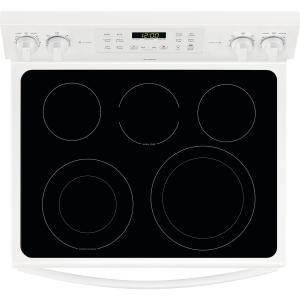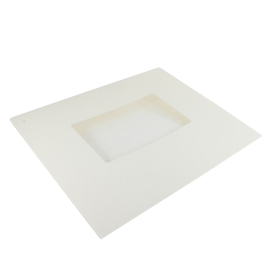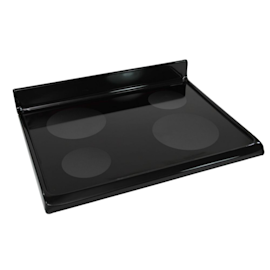How to care for a radiant cooktop video


Keep the glass surface of your cooktop or range looking as nice and new as the day it was delivered with the help of Sears PartsDirect. We offer easy recommendations to ensure the long-term life of your glass cooktop, from the type of cookware and cleaning tools to use, to helpful cleaning instructions. Follow our interesting tips on flat bottom pans and using non-abrasive pads for cleaning to help prevent wear and tear on your appliance.
Sears PartsDirect can help answer your common cooktop or range questions, as well ensure your appliance is kept looking new.
Glass cooktop ranges are made of a special glass that does not expand or contract and can withstand up to 1,200 degree temperatures. Radiant tops use 20 percent radiant heat (which is light heat) and 80 percent conduction heat.
Recommended cookware
Because of this 80 percent, the flatness of the pans used for cooking is very important. A good test for flatness is to place a ruler across the bottom of the pan. The bottom should be flat all the way across, or a little concaved or pushed in toward the center. Another test for flatness is to put a small amount of water in the pan and bring it to boil. If the boil pattern is consistent across the bottom, the pan is flat.
The best-performing utensils for cooktop ranges have a stainless-steel bottom. Utensils with copper or aluminum bottoms are also recommended. However, since copper and aluminum are softer metals, they can leave marks on the glass if slid around too much.
Glass utensils are not recommended. They are the least efficient to use on a glass cooktop range.
Cleaning tools
Proper cleaning is critical to the long-term life of your range. Remember to clean your cooktop after each use with the glass cooktop cleaner included with most ranges. A non-abrasive pad may also be included with the cleaner, or, if not included, may be ordered separately as an accessory. See your owner's manual for ordering instructions.
It is important to note that this cleaner and pad are non-abrasive and specifically designed for cleaning your cooktop. Never use an abrasive-type cleaner or pad on a glass cooktop.
Prior to cleaning, make sure that the range has been turned off and cooled.
If a spill contains a high concentration of sugar, such as cherry pie filling, a specially designed glass scraper can be used, with an oven mitt, to remove the majority of the spill while it is still warm. This scraper does not come with the range but can be ordered separately as an accessory.
Cleaning instructions
Let's take a few moments to demonstrate how easy it is to clean a glass cooktop range. We'll set one of the burners on high, pour milk onto it and let the milk burn onto the glass until it is completely black. Follow the instructions included in the cooktop cleaning kit. After the top has cooled, take the razor scraper or the non-abrasive pad and briskly scrape or rub the burn area until no resistance is felt and the glass appears clean.
If using the scraper, hold at a 30- to 45-degree angle and push down as hard as needed. Do not be concerned with pushing too hard; you cannot harm the pattern in the glass.
After removing the burnt milk, we'll apply a small amount of cleaning cream to the area. You only need an amount about the size of a dime. Then, we'll take a soft rag and rub the cream into the area where the spill was located. The cream will dry to a light haze similar to the wax on a car.
Next, wipe the cream off using a towel. The glass should buff out to a bright shine and look brand new. If a slight stain remains on the glass cooktop, repeat the process again.
Remember to clean your entire glass cooktop on a regular basis. This is a good practice and it will lengthen the life of your appliance.
The cooktop cleaning cream has a silicone base that provides a protective coating to the glass so spills come up easier.
Following these helpful hints will provide you with many years of useful service from your glass cooktop range.
Symptoms for electric ranges
Main causes: faulty surface element, burner control switch failure, temperature limiter not working properly, loose wiri…
Main causes: impact from dropping an item on the glass surface, ceramic glass surface flaw, surface element temperature …
Repair guides for electric ranges

How to replace a range hidden bake element
These step-by-step instructions guide you through replacing the oven hidden bake element in an electric range.…

How to replace an electric range oven door outer glass panel
Learn how to replace a damaged outer window panel on your oven door with these step-by-step instructions. …

How to replace a range glass cooktop
These step-by-step instructions explain how to replace a damaged ceramic glass cooktop on an electric range. …
Articles and videos for electric ranges

Learn about the differences between cooking on gas and electric stoves.…

Learn about all the convenient features on our Sears PartsDirect website that make your parts purchases easier.…

Get answers to frequently asked questions about Sears and Sears PartsDirect.…